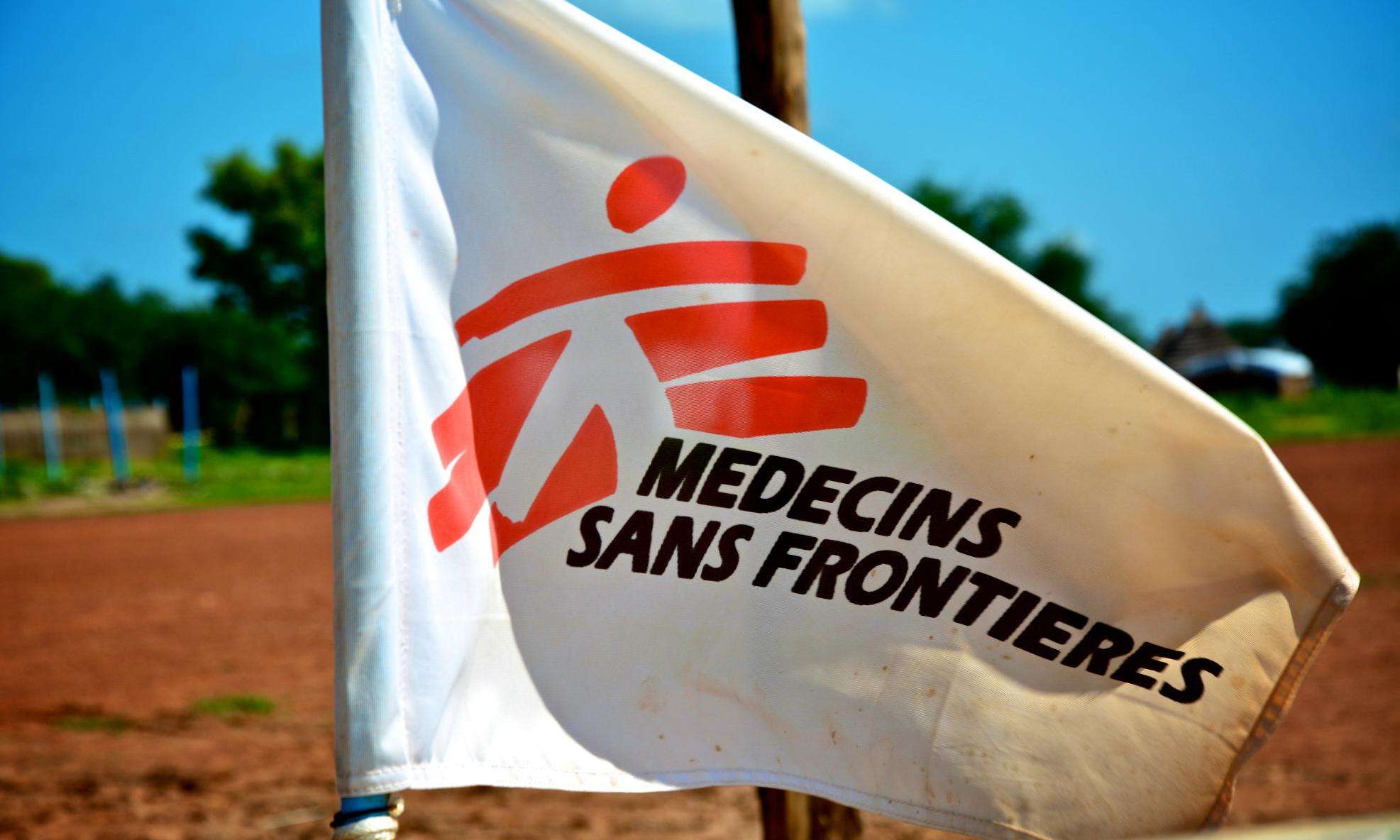Analysis of the current drug pipeline
With approximately 9 million people developing active tuberculosis (TB) every year and 1.7 million deaths annually, TB is far from under control. Human immunodeficiency virus (HIV) infection dramatically increases the risk of developing active tuberculosis and is driving the TB epidemic in Africa. HIV renders tuberculosis more difficult to diagnose (due to higher incidence of sputum negative disease), and treat (due to interactions and side-effects). The increasing spread of multidrug-resistant TB (MDR-TB) and the recalcitrant nature of persistent infections pose additional challenges to treatment with currently available anti-TB drugs. The situation is exacerbated by the increasing emergence of extensively drug-resistant (XDR) TB. Resistance to at least two main first line drugs and additionally to three or more of the six classes of second-line drugs makes this form of TB virtually untreatable with available drugs.




